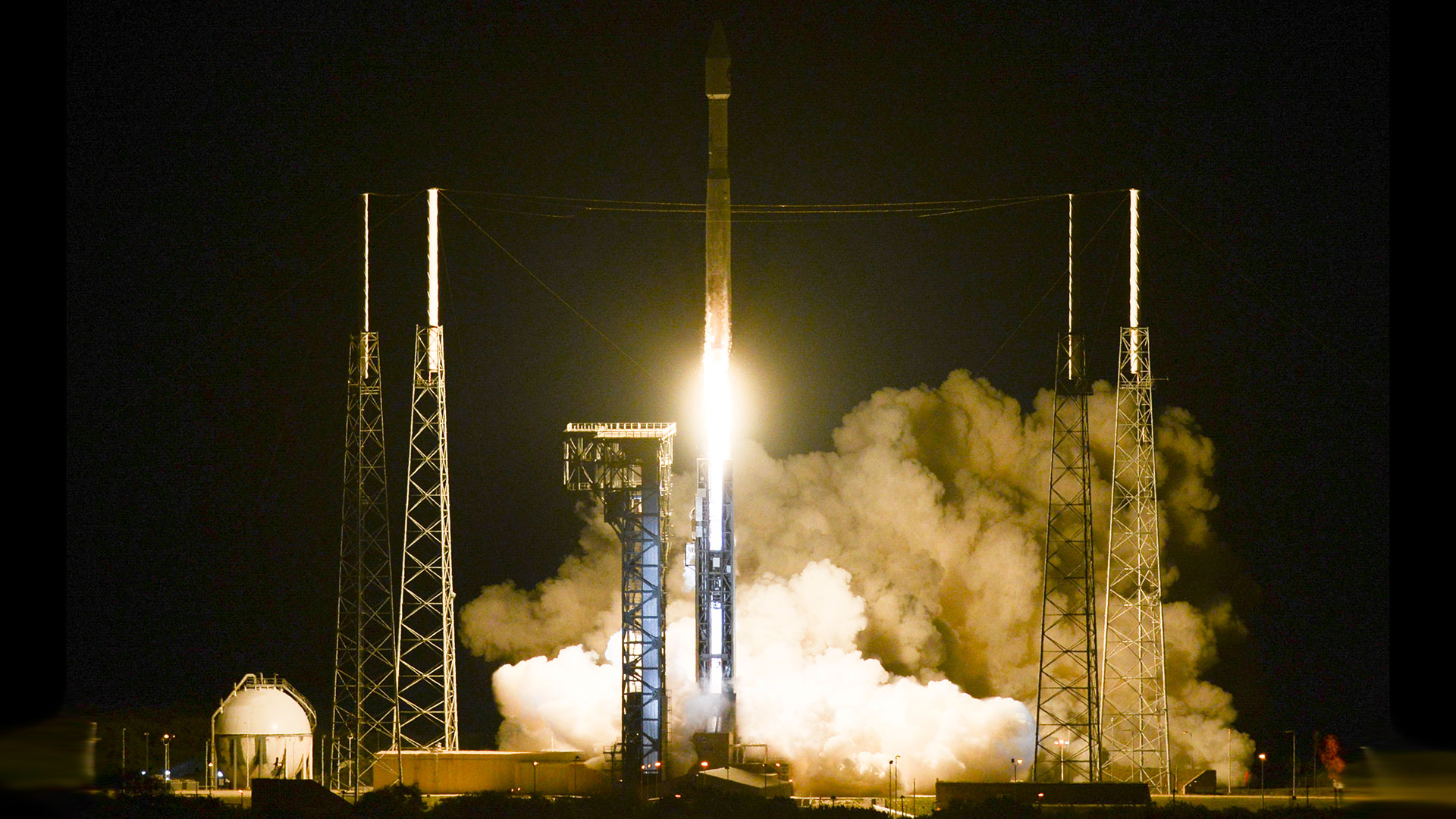

A joint venture between the aerospace rivals of Lockheed Martin and Boeing are teaming up on a plan to put 1,000 astronauts into Earth orbit by the year 2045. The lofty mission, created by the United Launch Alliance, is known as CisLunar Vision 1000—a four-step plan with the humble mission to “save lives, explore the universe, and connect the world.” And, of course, make a ton of money by growing the space economy from $330 billion per year to an estimated $2.7 trillion per year.
The conceptual heart of the project involves building a cislunar space station located between the Earth and the Moon, much further away than the International Space Station. The so-called “distant retrograde orbit” won’t break down for thousands of years, so the cislunar habitat won’t need the regular orbital tweaks required on the ISS.
Yet we’ve already proven we can do space stations. The ULA, which is co-owned by Lockheed and Boeing, wants CisLunar Vision 1000 to answer a much bigger question: how to support an entire regiment of space dwellers. In order to be economically feasible, the idea relies on commercial lunar and asteroid mining to produce rocket propellant. Fuel comprises roughly 80 percent of a rocket’s mass when launched from Earth. “About half the energy to get anywhere in the solar system is just getting to LEO [low-Earth orbit],” ULA CEO Tory Bruno said. “Once you’re past that there are resources in such abundance literally between here and the moon that it defies human imagination.”
The grand idea, then, is to use a revised version of ULA’s Vulcan rocket and a brand new Advanced Cryogenic Evolved Stage (ACES)—a reusable, payload-carrying upper-stage rocket expected to be ready by 2023. The Vulcan would launch with just enough fuel to reach low-Earth orbit, where the ACES’s tanks would be topped off at an orbital gas station, enabling it to take its payload to the cislunar outpost. From there, a tanker vehicle called Xeus—an evolution of the ACES—would make round-trips to the moon to replenish the rocket propellant. The ACES vehicles at the cislunar station could then ferry that space-based rocket fuel to other stations and satellites.
Commercial mining companies would establish operations to secure water from the moon and asteroids, then convert that water into liquid oxygen and liquid hydrogen to power the engines that propel the Xeus and ACES spacecraft. The ULA estimates that it would cost $1,360 per pound of fuel to launch from Earth, but just $450 per pound of fuel gathered from an asteroid and $225 per pound of propellant sourced from the moon. If we can manufacture components in space as well, launch costs for a solar-powered satellite could come down by a factor of 3,000 compared to an Earth-based departure.
If those numbers still hold true 30 years hence, the ULA’s CisLunar Vision 1000 could enable commercial space exploration and private space stations—a new era of wandering the final frontier. As ULA vice-president George Sowers put it “This back-of-the-envelope analysis suggests that yes, you can have a self-sustaining economy fueled by energy in space.” Hopefully one without too many face-suckers or Klingons, though.